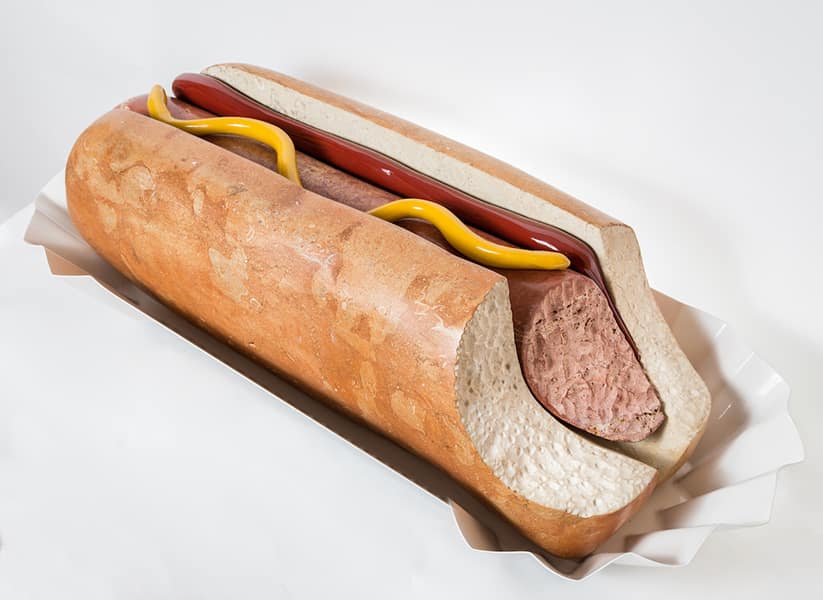Artist Q&A with Robin Antar
American sculptor Robin Antar was born in Atlantic City, New Jersey in 1957. All of Antar’s current work is rooted in observation. “Whatever is going on, I express it in stone,” Antar says. “It could come out as realism, as an abstract form, or as a combination of both. The style I use is one that best reflects the inspiration behind each piece.”

How did you become a professional artist?
Ever since I took chisel to stone over forty years ago, sculpting has been my “language” for communication. I’ve sculpted through teenage angst, marriage, divorce, having children and losing one of them to addiction.
In my early years, aesthetic beauty and superficial thought were not a concern as I focused instead on fundamental feelings and basic sensations, creating abstracted sculptures with an uncommon perspective, jarring color and anomalous form. I set up a working studio in Brooklyn after receiving my BFA from the School of Visual Arts in New York and continued carving in a loose, intuitive style rooted in my emotions and personal experiences. I created a series of carved stone knots as an exploration of the formal possibilities of intertwinements. While the imagery of knotting is deeply embedded in our consciousness as a metaphor for unresolvable or transformative conflicts, my choice of marble for this series has connections to nature and high culture in art history. My most powerful work, “David’s Knot in Flames”, reflects this perfectly. Carved in Turkish marble, I created the sculpture in memory of my youngest son who passed away at the age of 26. The knot represents his pain as a … Click here to read more












